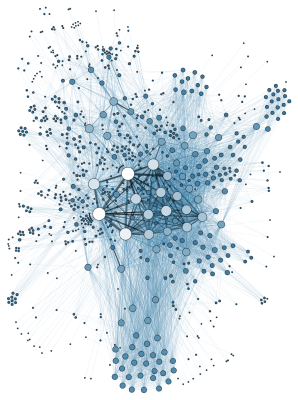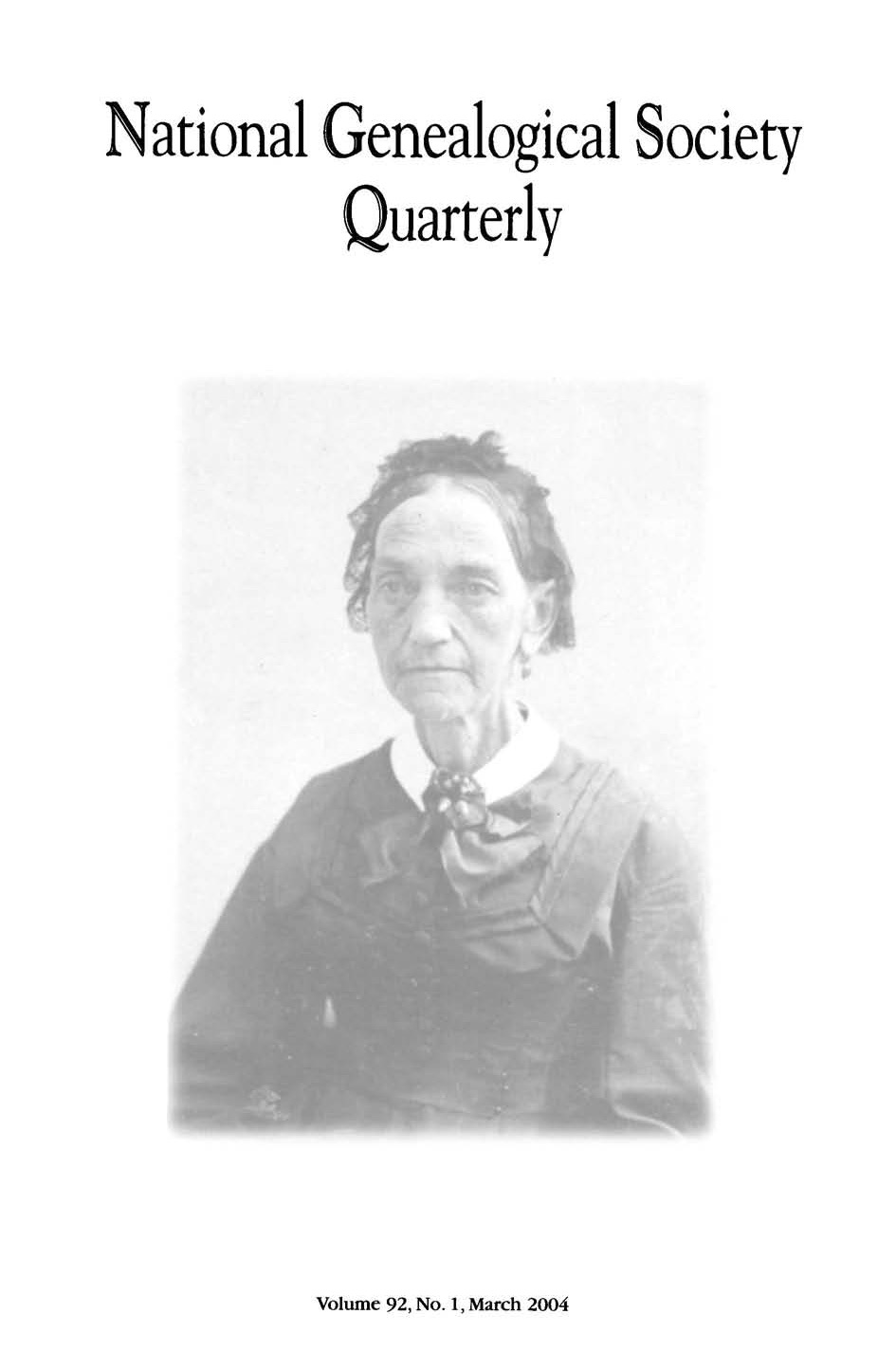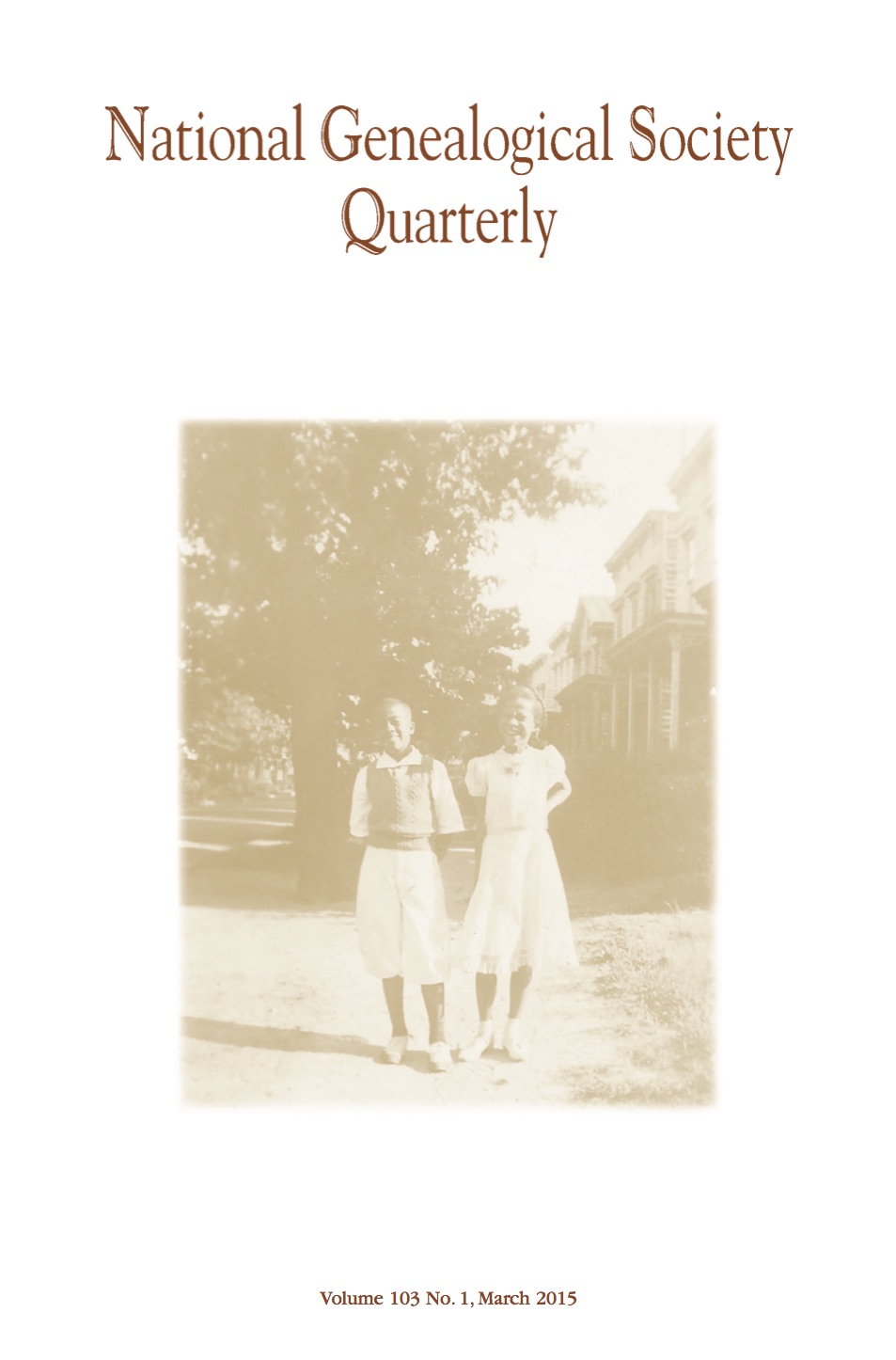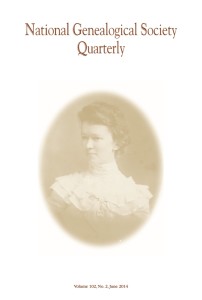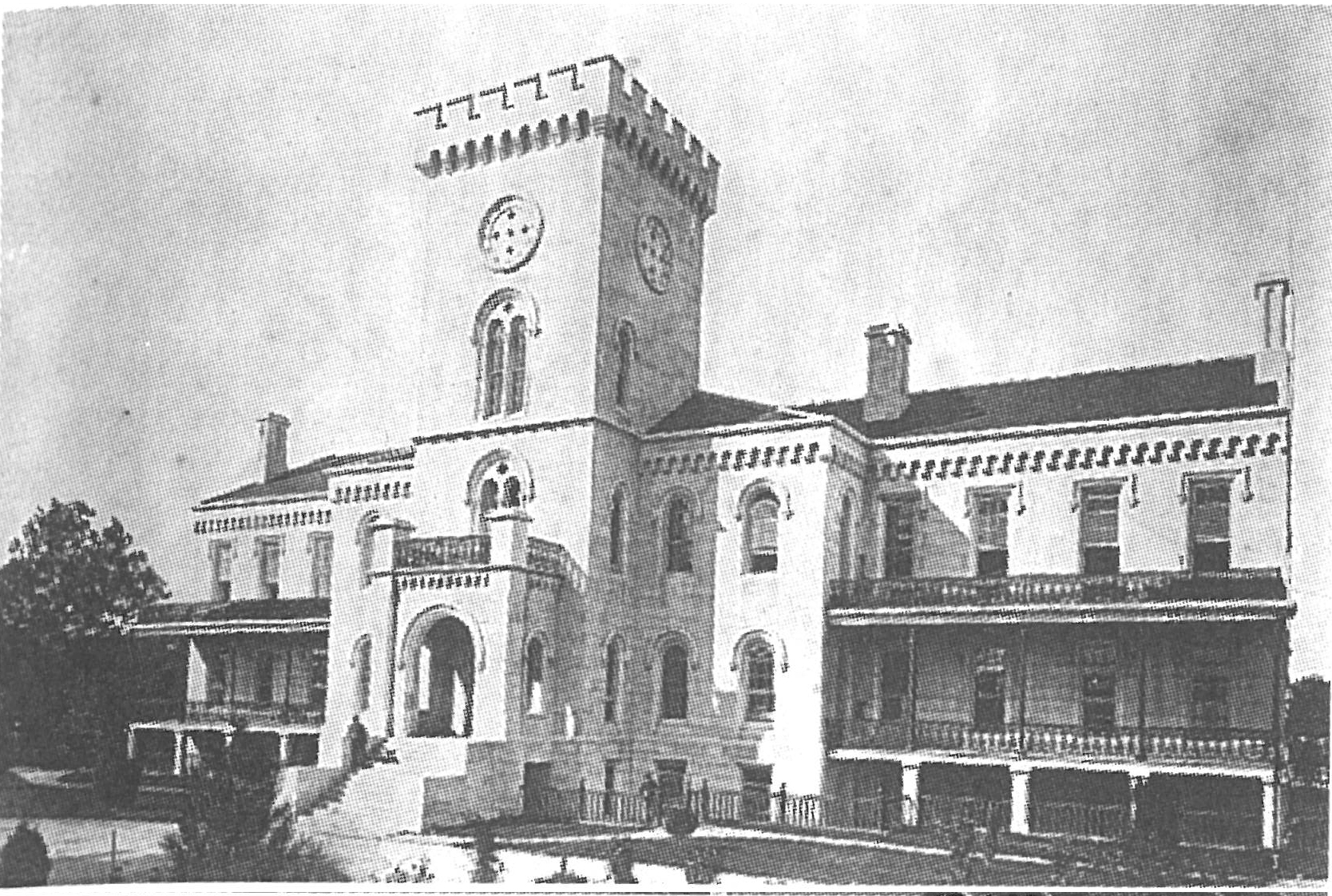Nov 2016
Breaking Out of Comfort Zones
My mother knew someone who was so afraid of making a left turn in her car that she simply refused to do it. Rather than take the most direct route, she would make only right turns and circle around until she reached her destination. She’d get there eventually, but giving in to her fear added […]
Nov 2016
In-depth Record Analysis: An Example from National Genealogical Society Quarterly
Most of us have probably encountered a situation where a record seems unusual. We may be tempted to overlook the problem, accept the information, and move on to other research. When George Findlen found duplicate entries in Catholic church records for what seemed to be the same baptism, marriage, and death, he didn’t just accept […]
Jul 2016
Visualizing Information for Analysis and Correlation
The first element of the Genealogical Proof Standard (GPS)—reasonably exhaustive research[1]—calls for digging into the circumstances of a research subject’s life, and identifying sources and strategies that may help provide an answer to a specific research question. Sometimes, even after carefully planning a research path and exhausting a variety of relevant and high-quality sources, we […]
Jul 2016
CIA Records for Genealogical Research
The Central Intelligence Agency (CIA) is a United States civilian government agency tasked with gathering intelligence related to national security, and distributing that information to assist the government with policymaking. Established in 1947, the CIA was preceded by the Office of the Coordinator of Information from 1941 to 1942, the Office of Strategic Services (OSS) […]
Jun 2016
Indirect Evidence to Identify an Ancestral Homeland
Identifying an immigrant ancestor’s origins is one of the most common quests among family historians. A variety of sources created during and after an immigrant ancestor’s lifetime often provide direct evidence of his or her birth location. However, sometimes these sources fall short of providing the information we seek. In such instances, indirect evidence can […]
Jun 2016
Sources and Strategies for Discovering Immigrant Origins
To research the ancestral line of an immigrant, a reliable connection must be made between that person and his or her place of origin. Tracing immigrant ancestors involves examining a wide variety of sources, and sometimes requires implementing strategies that can provide clues to possible places of origin.
May 2016
A Twentieth-Century Genealogical Resource: FBI Records
The Federal Bureau of Investigation (FBI) serves as the nation’s federal law enforcement agency, and as an intelligence, security, and investigative organization. Established in 1908 as the Bureau of Investigation, the agency was known as the United States Bureau of Investigation and the Division of Investigation before it became known as the Federal Bureau of […]
May 2016
Assessing Reliability of Information
Assessing the reliability of information is a crucial and necessary step toward drawing genealogical conclusions. Researchers should never accept a piece of information as fact without first evaluating and analyzing it. This holds true for instances in which no known conflicting information exists, as well as when multiple pieces of information contradict each other. Researchers […]
Apr 2016
Methodology for Elusive Female Ancestors
Tracing female ancestors can be one of the most difficult challenges for genealogists. Historically, women had fewer legal rights than the men in their lives. As a result, they were often hidden behind the identities of those men, and did not leave much of a paper trail behind. Successful research into elusive female ancestors often […]
Apr 2016
Soldiers’ Home Records: A Valuable Military Resource
Genealogists with military ancestors are faced with the tasks of researching and understanding a variety of complicated records—pension files, regimental histories, service records, payment ledgers, war diaries, and other sources. Soldiers’ home records are another valuable military resource that can provide details about a veteran’s family, service, illnesses, injuries, and life after the war.


